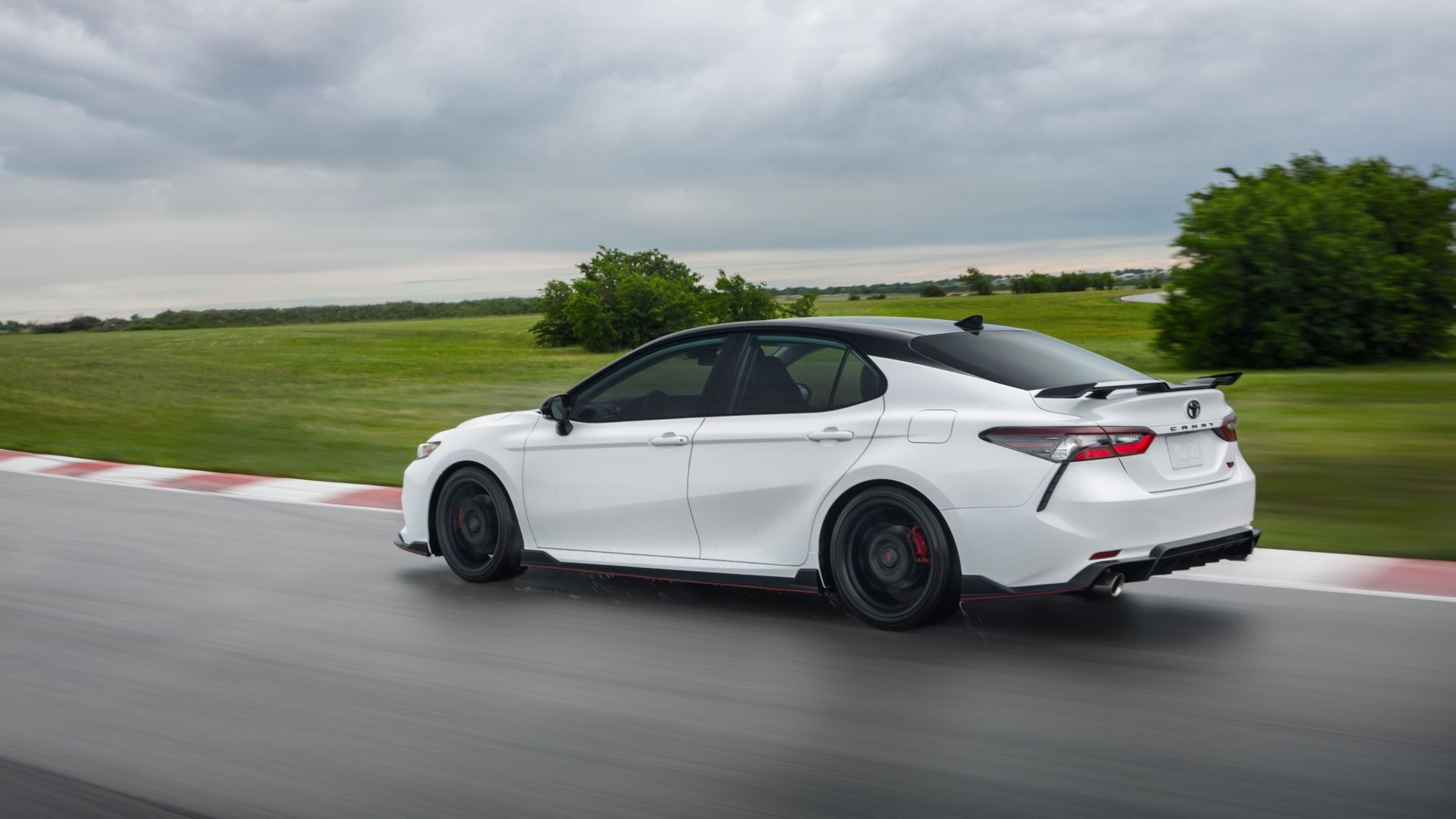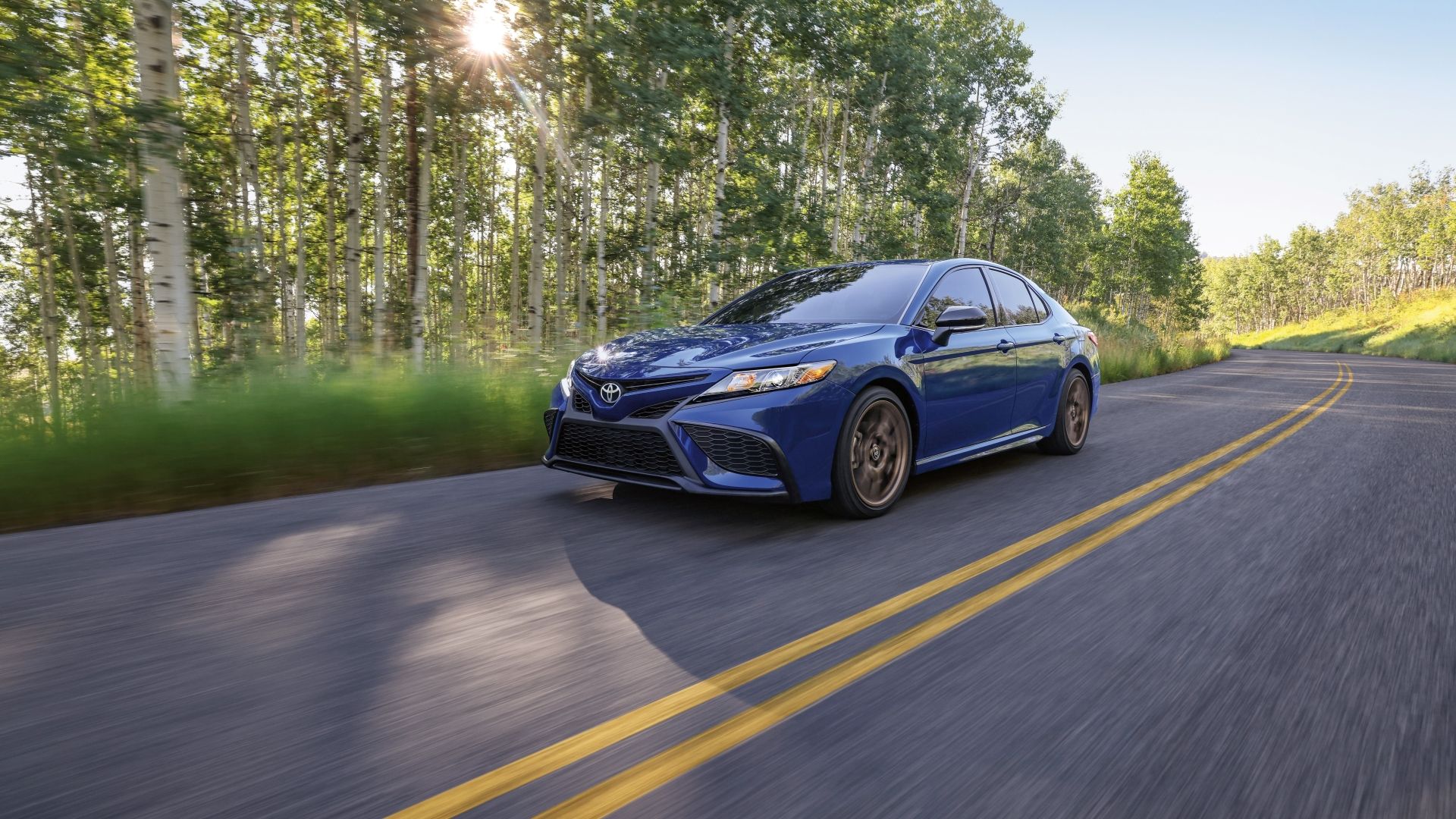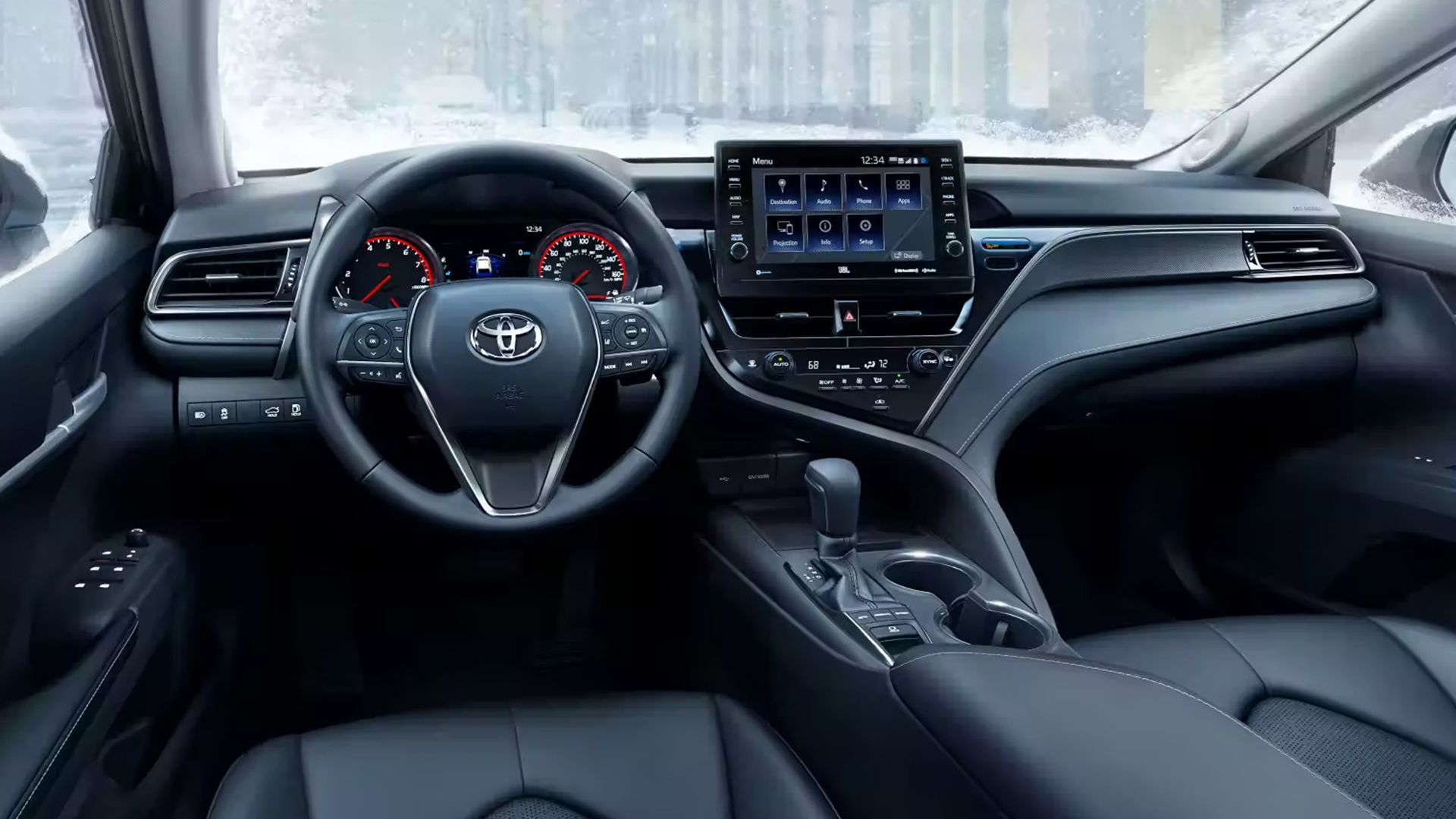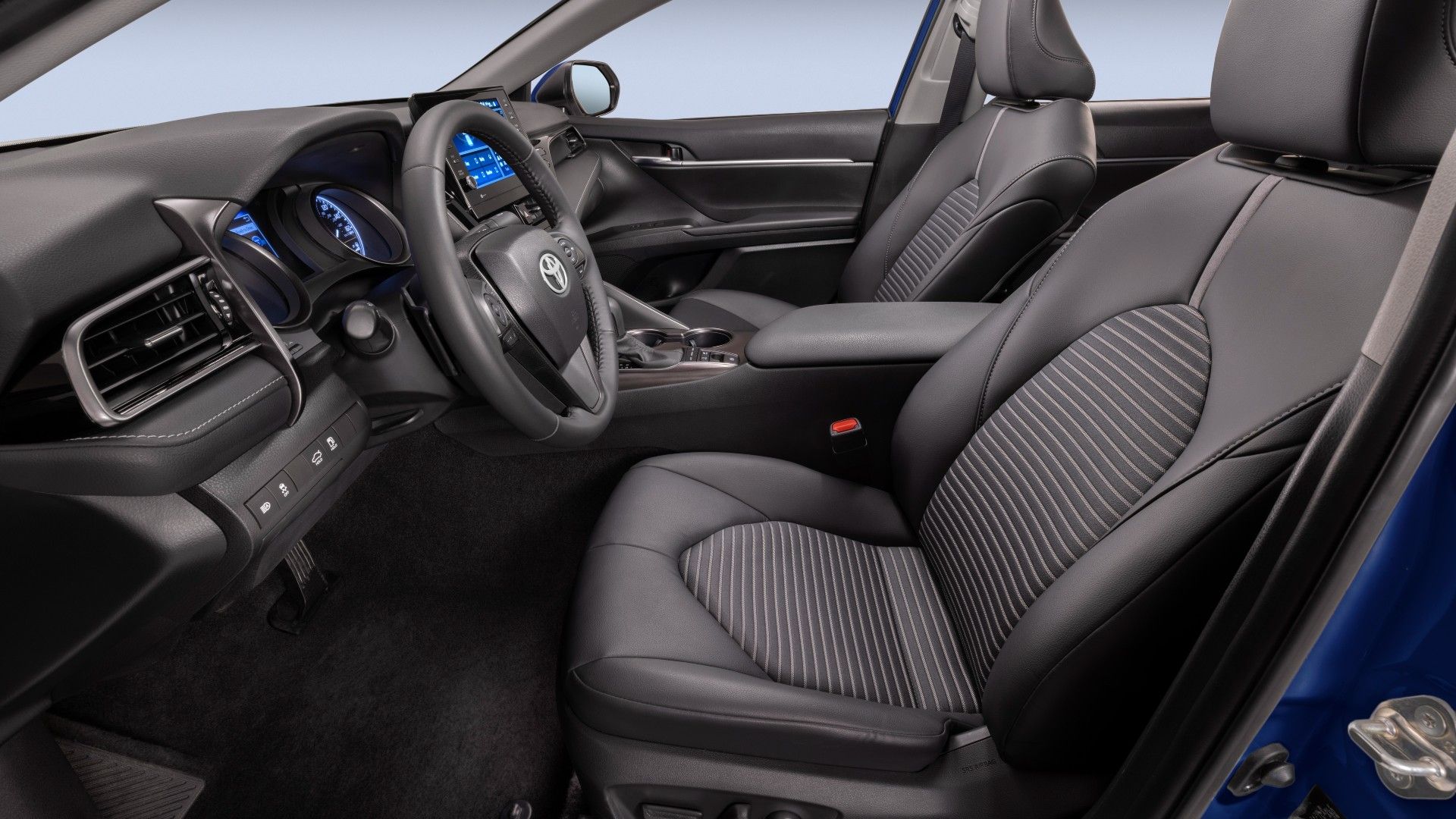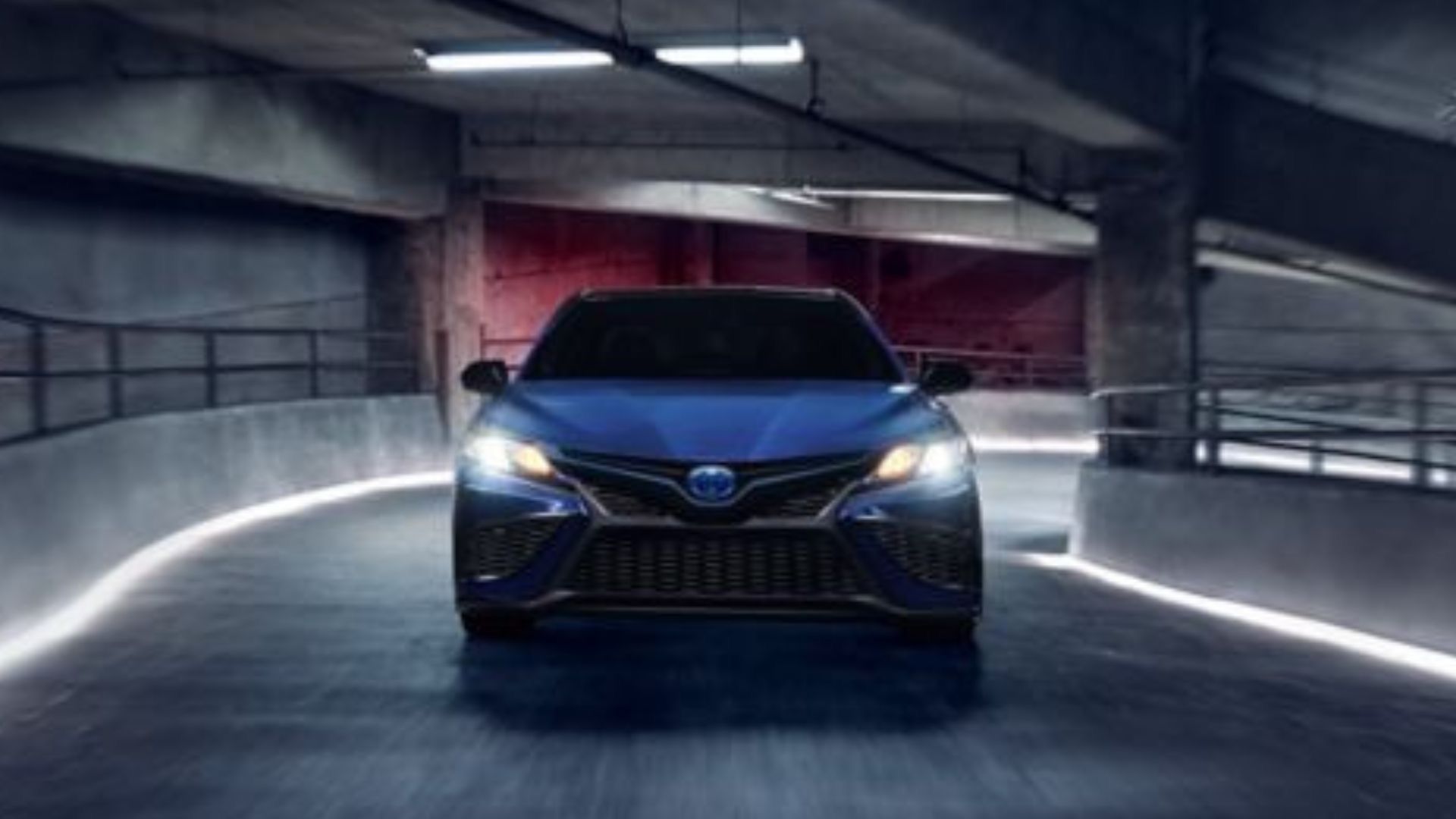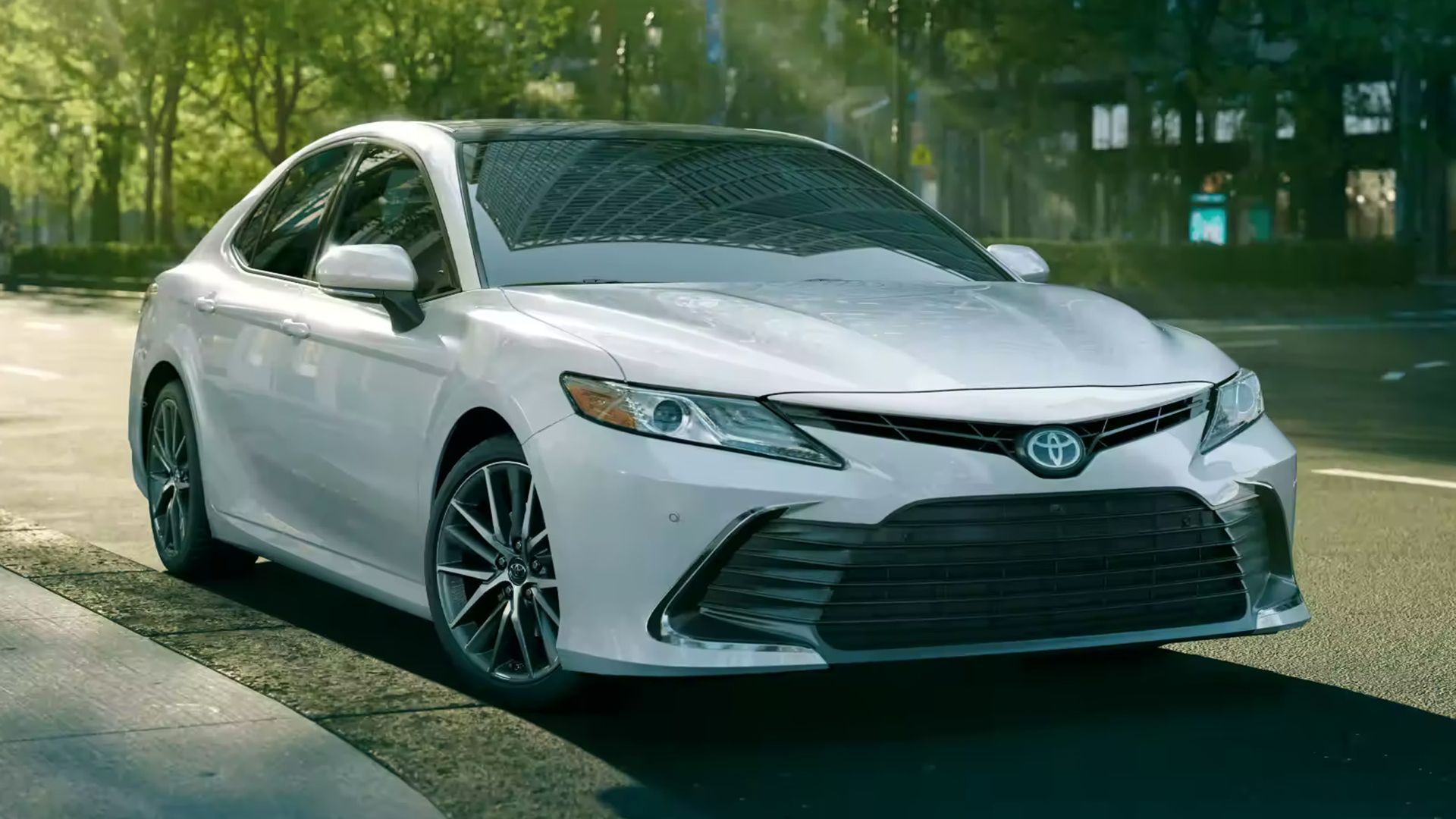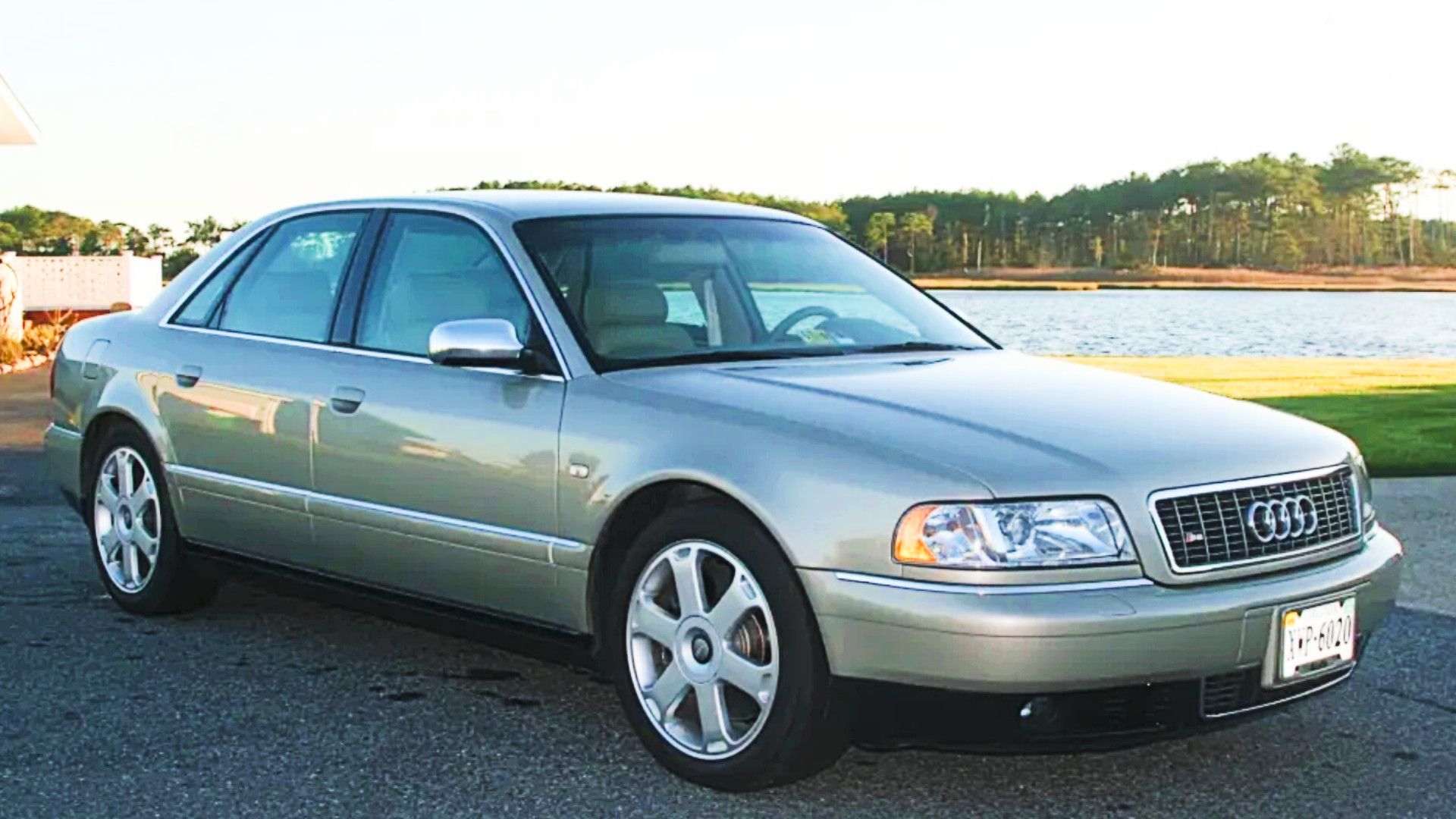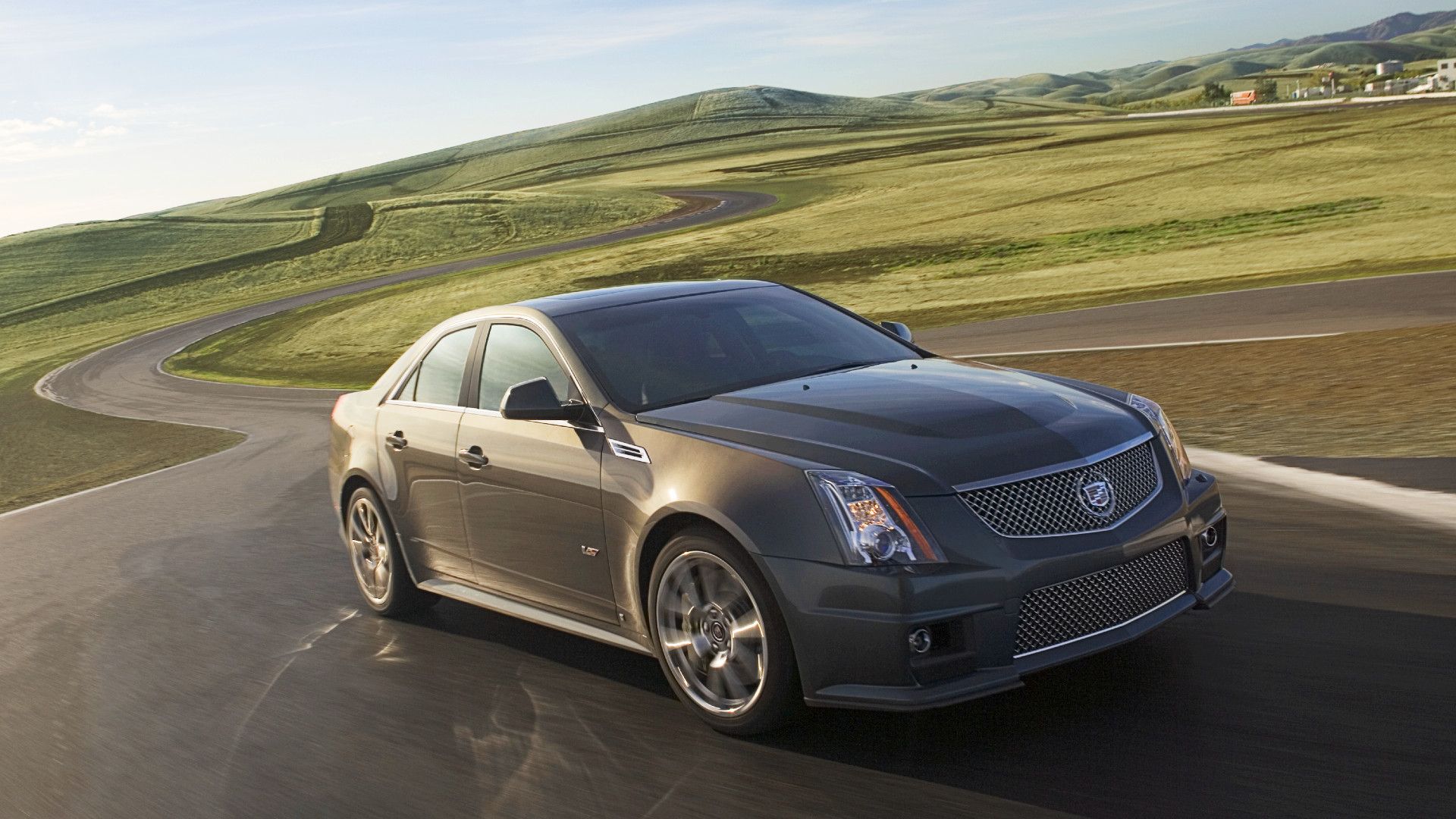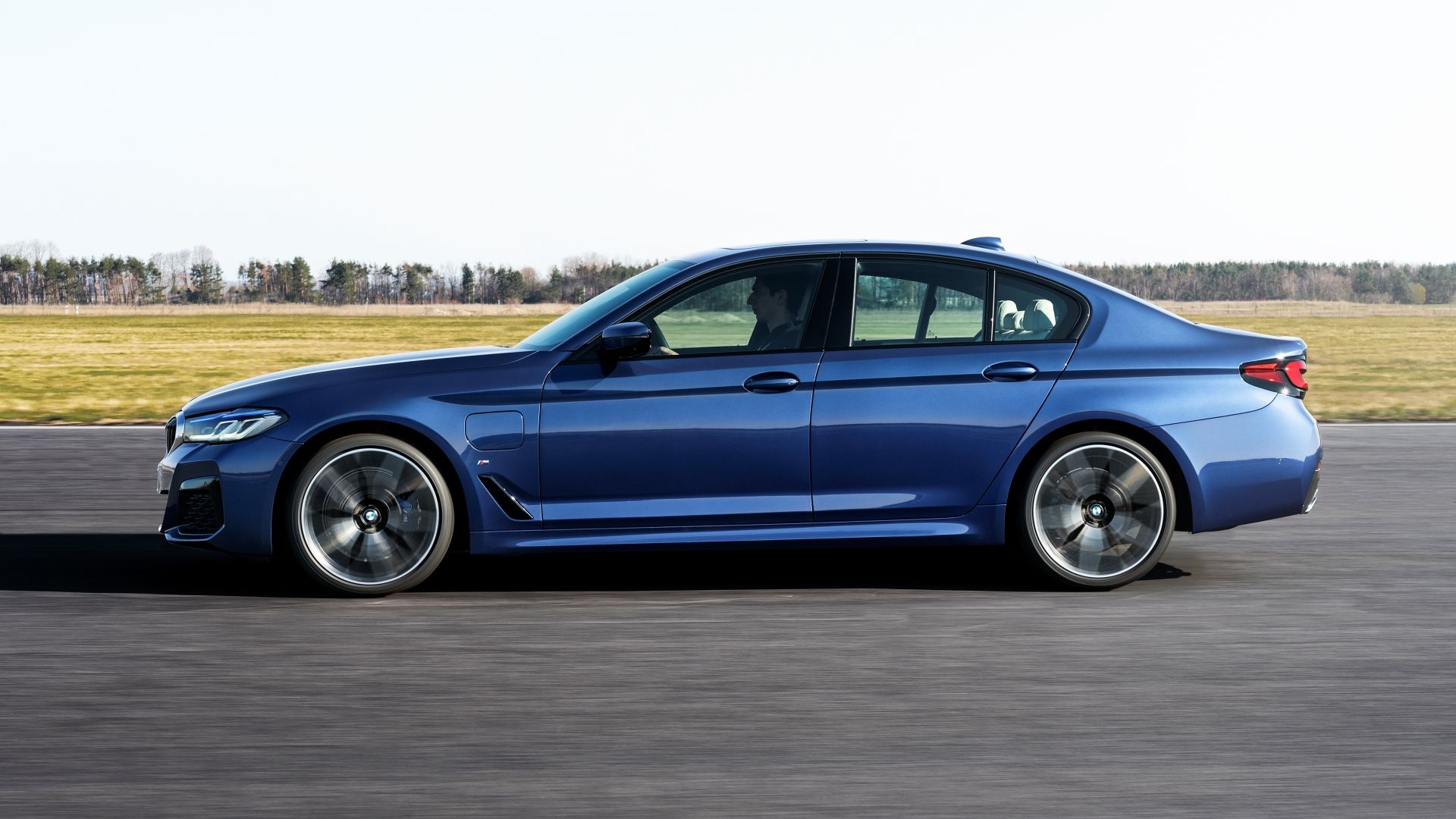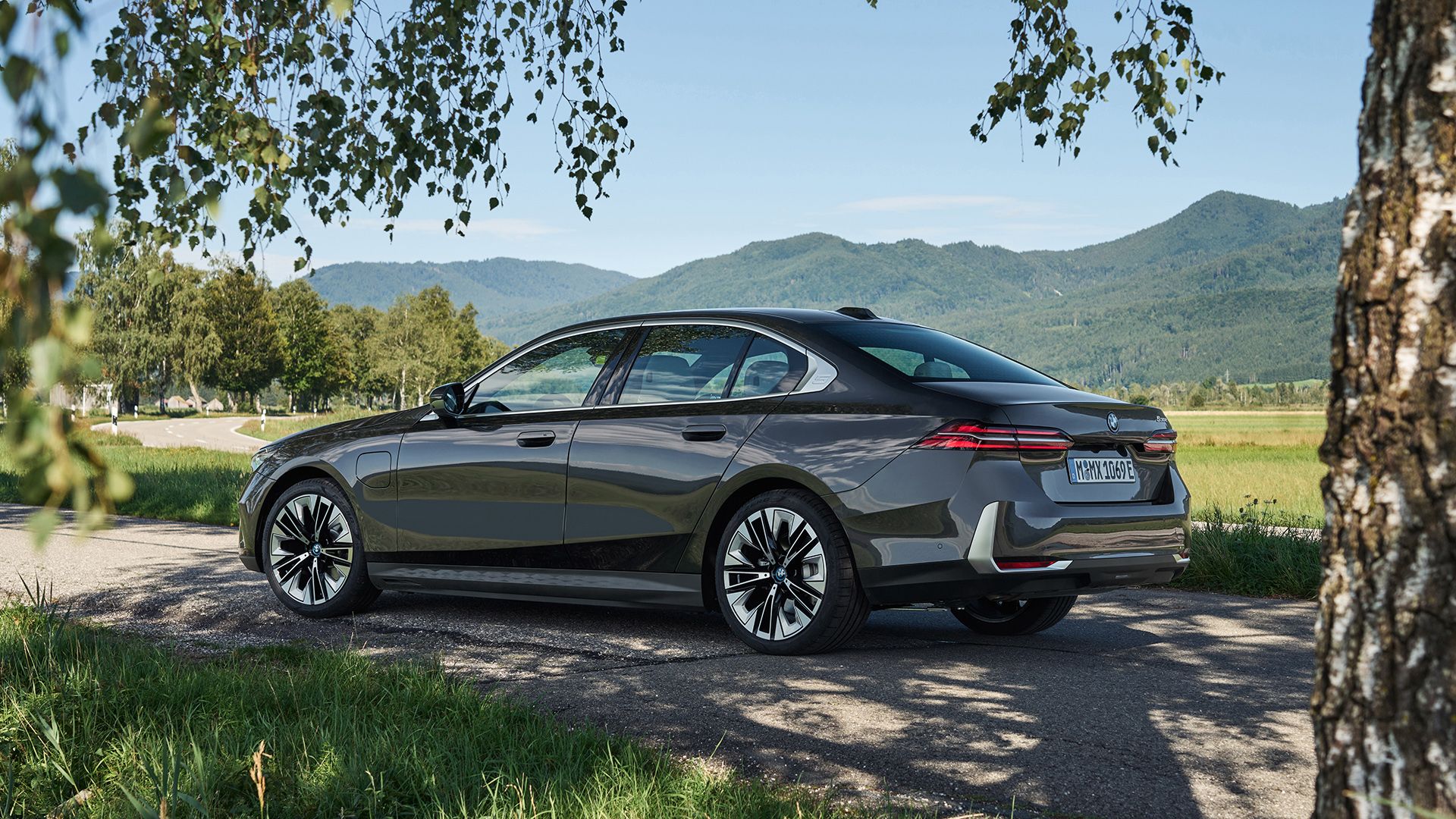Sedans are slowly being overshadowed by the increasing popularity of SUVs and crossovers in the market, with many automakers opting to lessen their focus on manufacturing sedans and instead putting more work into SUVs, However, there still are a lot of great and affordable sedans on the market, with the likes of the Hyundai Sonata and Honda Accord. A lot of vehicles on the market nowadays are also losing more and more of their ICE components, and choosing to adapt to changing technologies with the use of hybrid powertrains. All of these for the sake of lessening carbon footprint, and increasing fuel efficiency.
The Toyota Camry is one of those great sedans. It’s affordable, reliable, and elegant all at the same time. The Toyota Camry was first introduced in 1983 as a replacement for the Toyota Corona. Since that year, the Camry has come a very long way since that time, making a name for itself as a top-selling, family-favorite mid-sized sedan in America; and for good reason! It’s one of the most competent, and reputable choices in the segment, and so here are 10 things you need to know about The Toyota Camry Hybrid.
Specifications, data, and information related to the cars on this list have been sourced from fueleconomy.gov, Car and Driver, Kelly Blue Book, and other well-known resources and publications.
1 A Modern And Sleek Exterior Design
The Camry has never been a car built to stand out of the crowd, but it’s a great-looking sedan nonetheless. The Camry has come a long way since its previous generations; fitted with a set of refreshments and refinements to look much sportier and sleeker.
2024 Toyota Camry Exterior Dimensions
|
Length |
192.7 inches |
|
Height |
56.9 inches |
|
Width |
72.4 inches |
|
Ground clearance |
5.7 inches |
|
Wheelbase |
111.2 inches |
(Specs sourced from Toyota)
It’s a far cry from older generations, as the Camry has gotten much larger in width and length; it’s also a lot sportier, sleeker, and much more modern looking. Its body lines are a lot more defined, which makes for a more stylish look on the Camry. There is even a much sportier-looking version of the Toyota Camry, which is the Nightshade trim, which comes with TRD additions like a spoiler and sporty, low-profile rims.
2 It’s A Practical And Spacious Choice
The Camry has no shortage of space, both for your passengers and for your cargo. This mid-sized sedan doesn’t fall short of keeping you comfortable when it comes to space, boasting 37.6 inches of headroom and 38.0 inches of legroom in the rear. The front is just as spacious, with 38.3 inches of headroom and 42.1 inches of legroom.
2024 Toyota Camry Interior Dimensions
|
Front |
Rear |
|
|
Shoulder room |
57.7 inches |
55.7 inches |
|
Headroom |
38.3 inches |
37.6 inches |
|
Hip room |
55.4 inches |
54.6 inches |
|
Legroom |
42.1 inches |
38.0 inches |
(Specs sourced from Toyota)
When it comes to cargo, the Camry has a capacity of 15.1 cubic feet with all seats in place, but you’re more than free to carry longer and larger cargo as it also features 60/40 split-folding rear seats. The reason why there’s so much space is that Toyota opted to move the hybrid battery from the trunk to underneath the rear seats.
3 It Makes 208 Combined Horsepower
The latest Toyota Camry Hybrid doesn’t slack when it comes to power output and performance. The Toyota Camry is powered by a turbocharged 2.5-liter four-cylinder hybrid engine mated to a CVT, making 208 Horsepower and 149 pound-feet of torque.
The Camry is capable of zero to 60 in 7.4 seconds, which isn’t a crazy number to brag about, but it’s still enough for overtaking on the roadways; It also has a top speed of 135 miles per hour, which is plenty enough. But then again, if you’re in the market looking for a Camry, you shouldn’t really expect to go sports-car levels fast.
4 Fuel Efficiency Of 52 MPG
Make no mistake, the Camry is as efficient as you might ever need a car to be. The EPA estimates that the base LE Trim of the Camry can do 51 MPG in the city, and 52 MPG combined with highway driving, while the other, more luxurious trims can do around 45 MPG combined.
It’s best to emphasize the Camry’s astonishingly good MPG even in an urban setting, where traffic and congestion become a major headache and gut punch to fuel efficiency. This amazing MPG can be attributed to the Camry’s hybrid powertrain, which makes use of an electric motor. The hybrid battery is also recharged through a regenerative braking system, in which kinetic energy from the wheels is transformed into electricity when the car undergoes deceleration or braking.
5 Backed By Toyota’s Rock-solid Reliability
You can never go wrong when it comes to Toyota reliability, this is all thanks to Toyota’s unceasing commitment to excellent quality, and engineering. Toyota in last year alone scored an excellent 72 out of 100 for reliability in the Kelley Blue Book; to no one’s surprise, Lexus also scored the same for reliability in 2022.
Car and Driver gave the 2023 Camry an overall rating of 8.5 out of 10. This in turn has also made Toyota a go-to brand for those looking for a quality, reliable brand in the automaking industry; in 2023, Toyota was able to sell 217,975 units of the Camry from January to September.
6 Packed With Ample Technological Comforts
Being a more affordable entry into the hybrid, mid-sized sedan segment, the Camry Hybrid comes with all the necessary technological features you might ever need in a car. The XSE Hybrid, which is the top trim available, features a lot of convenient technology such as smart keyless entry, a 12 Volt auxiliary power outlet, a USB-C charging port, brake hold, and dynamic cruise control.
When it comes to infotainment, it comes with a seven-inch multi-information display, complete with customizable settings and the usual Apple CarPlay and Android Auto. There are also a number of features available as options, such as:
- Premium Audio with a nine-inch touchscreen with Dynamic Navigation
- Nine JBL speakers including subwoofer and amplifier
- 10-inch color Head-Up Display (HUD)
- Seven-inch TFT Multi-Information Display (MID) with customizable settings
7 Feels Premium As Per Segment Standards
Toyota isn’t exactly a luxury or premium brand, but it certainly feels like they’re stepping their game up. The XSE Hybrid trim of the Camry comes with Leather-trimmed front seats with seatback pockets, complete with an eight-way power-adjustable driver’s seat with power lumbar support, as well as an eight-way power-adjustable front passenger seat.
As standard on the XSE and XLE trims, you’re also given standard multi-stage heated front seats, with the option of ventilated front seats and a heated steering wheel. You also get an artisanal feel with a patterned-metal interior trim, soft-touch material on the upper door sills, as well as ambient lighting located in parts of the cabin and dashboard.
8 No Dearth Of Safety Features
All the technology and performance don’t matter if you don’t feel safe driving your vehicle; that isn’t a problem with the Toyota Camry. The Toyota Camry is packed with Toyota Safety Sense 2.5+ which features:
- Pre-Collision Systems with Pedestrian Detection
- Lane Departure Alert with Steering Assist
- Road Sign Assist
- Rear Cross Traffic Alert
- Blind Spot Monitoring System
- Star Safety System with Enhanced Vehicle Stability Control
It also comes with all the standard passenger Advanced Airbag Systems, as well as collision sensors to deactivate the high-voltage battery. Toyota also scored a perfect 5 out of 5 stars in the NHTSA’s safety rating. In every sense of the word, the Camry has you covered for any possible problems you might face.
9 It Comes With A 10-Year Hybrid Battery Warranty
Just to show you how Toyota is confident with its own brand quality, they have an extended warranty on all hybrid batteries. While as a standard all Toyota vehicles have a 36-month/36,000-mile limited warranty, model years 2020 and up have an extended Hybrid Battery Warranty which is good for 10 years/150,000 miles. It covers the car’s Hybrid Battery Control Module (battery voltage sensor), Hybrid Control Module (power management control module), and Inverter with Converter. 10 years of coverage on a hybrid battery? You might as well never even sell the thing. Toyota also offers:
- Powertrain warranty for 5 years/60,000 miles
- With Complimentary maintenance for 2 years /25,000 miles
10 The 2024 Toyota Camry Hybrid Starts At $28,855
The 2024 Toyota Camry Hybrid starts at $28,855 making it one of the more affordable, practical, and economical choices in the segment. The Camry was never made to stand out, it has always garnered a reputation for being a reliable and competent sedan at a reasonable price point. The Camry has four main trims to choose from, with a special edition trim called the Nightshade; the price ranges from $28,855 for the LE Hybrid trim (base MSRP), to $34,295 for the top XSE Hybrid trim.
Competitor Price Comparison
|
Toyota Camry Hybrid LE Trim |
$28,855 |
|
Honda Accord Sport Hybrid |
$32,195 |
|
Hyundai Sonata Hybrid Blue Trim |
$28,450 |
(Prices sourced from respective manufacturers)
Essentially, there’s a Camry for everyone to choose from, whether you’re looking for something that feels a little more luxurious than usual, or just something to get you from point A to B comfortably.

